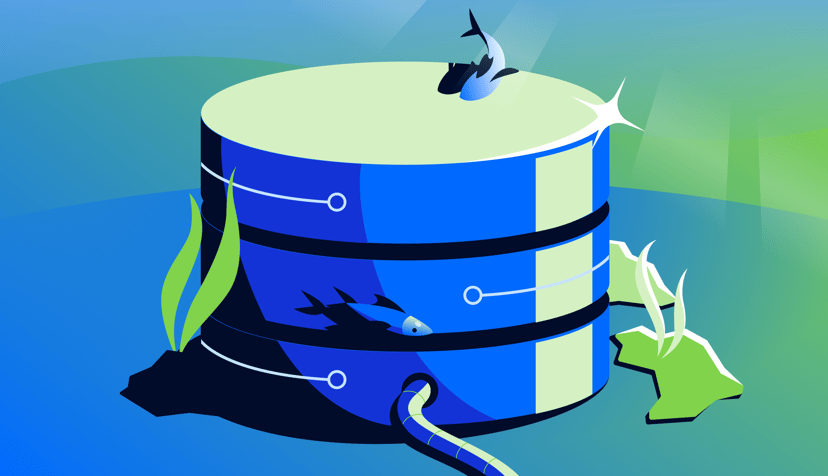More Ways to Work with Load Balancers
By Rafael Rosa
When building new products at DigitalOcean, one of our goals is to ensure that they’re simple to use and developer friendly. And that goes beyond the control panel; we aim to provide intuitive APIs and tools for each of our products. Since the release of Load Balancers last month, we’ve worked to incorporate them into our API client libraries and command line client. We’ve also seen community-supported open source projects extended to support Load Balancers.
Today, we want to share several new ways you can interact with Load Balancers.
Command Line: doctl
doctl is our easy-to-use, official command line client. Load Balancer support landed in version v1.6.0. You can download the release from GitHub or install it using Homebrew on Mac:
brew install doctl
You can use doctl for anything you can do in our control panel. For example, here’s how you would create a Load Balancer:
doctl compute load-balancer create --name “example-01” \ --region “nyc3” --tag-name “web:prod” \ --algorithm “round_robin” \ --forwarding-rules \ “entry_protocol:http,entry_port:80,target_protocol:http,target_port:80”
Find doctl’s full documentation in this DigitalOcean tutorial.
Go: godo
We’re big fans of Go, and godo is the way to interact with DigitalOcean using Go. Load Balancer support is included in the recently tagged v1.0.0 release. Here’s an example:
createRequest := &godo.LoadBalancerRequest{ Name: “example-01”, Algorithm: “round_robin”, Region: “nyc3”, ForwardingRules: []godo.ForwardingRule{ { EntryProtocol: “http”, EntryPort: 80, TargetProtocol: “http”, TargetPort: 80, }, }, HealthCheck: &godo.HealthCheck{ Protocol: “http”, Port: 80, Path: “/”, CheckIntervalSeconds: 10, ResponseTimeoutSeconds: 5, HealthyThreshold: 5, UnhealthyThreshold: 3, }, StickySessions: &godo.StickySessions{ Type: “none”, }, Tag: “web:prod”, RedirectHttpToHttps: false, } lb, _, err := client.LoadBalancers.Create(ctx, createRequest)
The library’s full documentation is available on GoDoc.
Ruby: droplet_kit
droplet_kit is our Ruby API client library. Version 2.1.0 has Load Balancer support and is now available on Rubygems. You can install it with this command:
gem install droplet_kit
And you can create a new Load Balancer like so:
load_balancer = DropletKit::LoadBalancer.new( name: ‘example-lb-001’, algorithm: ‘round_robin’, tag: ‘web:prod’, redirect_http_to_https: true, region: ‘nyc3’, forwarding_rules: [ DropletKit::ForwardingRule.new( entry_protocol: ‘http’, entry_port: 80, target_protocol: ‘http’, target_port: 80, certificate_id: ‘’, tls_passthrough: false ) ], sticky_sessions: DropletKit::StickySession.new( type: ‘none’, cookie_name: ‘’, cookie_ttl_seconds: nil ), health_check: DropletKit::HealthCheck.new( protocol: ‘http’, port: 80, path: ‘/’, check_interval_seconds: 10, response_timeout_seconds: 5, healthy_threshold: 5, unhealthy_threshold: 3 ) ) client.load_balancers.create(load_balancer)
Community Supported
Besides our official open source projects, there are two community contributions we’d like to highlight:
-
HashiCorp’s declarative infrastructure tool, Terraform, added the digitalocean_loadbalancer resource shortly after the launch of Load Balancers. It’s now available in their v0.8.8 release.
-
Lorenzo Setale’s Python API client library, python-digitalocean, shipped Load Balancer support in yesterday’s v1.11 release. It can be installed using PIP: `pip install -U python-digitalocean`
Thanks to our colleagues Viola and Andrew for working on these features, and the open source community for including Load Balancer support in their projects. In particular, we want to give a special shout out to Paul Stack and the rest of our friends at HashiCorp who added support to Terraform so quickly. You rock!
We’re excited to see more tools add Load Balancer support. If you’re the maintainer of a project that has added support, Tweet us @digitalocean. We can help spread the word!
Rafael Rosa
Product Manager, High Availability
About the author
Try DigitalOcean for free
Click below to sign up and get $200 of credit to try our products over 60 days!Related Articles

What's New on GradientAI Platform
- July 8, 2025
- 7 min read
Introducing GradientAI: DigitalOcean’s Unified AI Cloud
Bratin Saha
- July 8, 2025
- 3 min read

Introducing Kafka Schema Registry for DigitalOcean Managed Kafka
- July 7, 2025
- 3 min read